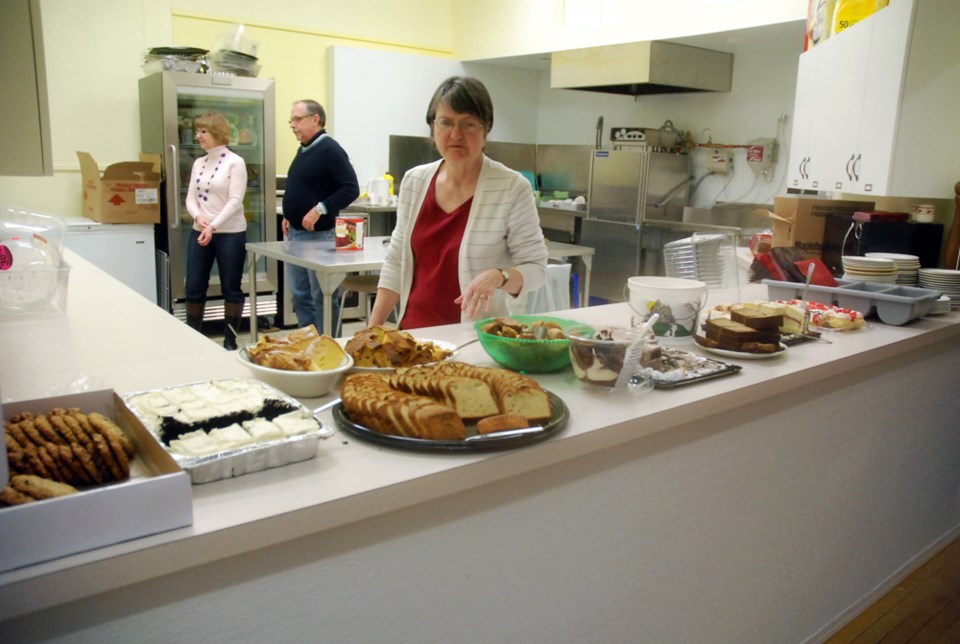It shouldn’t surprise anyone, but as Canada’s baby boomers get older, so too do the majority of volunteers.
A recent report by Statistics Canada show that “in 2013, 28 per cent of all Canadian volunteers were aged 55 and older, compared with 26 per cent in 2010, 24 per cent in 2007 and 23 per cent in 2004.” It’s not just a national trend either; volunteers here in Humboldt are noticing the change as well.
“I find it’s very hard to get people to volunteer and I’m not sure if they just don’t want to make that commitment,” said Shirley Armstrong. Not only does Armstrong volunteer in various capacities, she was recently chosen as Humboldt’s 2015 Citizen of the Year for her efforts. “I think people are scared to give up a couple hours of their time.”
As for why younger people don’t seem to want to offer their time, Armstrong speculates that it might be due to a couple different reasons. For one, the recent economy seems to demand that a family have at least two working incomes in order to support children. Combine two working parents with the challenges of children and parents just aren’t left with much time at the end of the day.
Then of course there’s the fear of commitment. Armstrong says some people might be worried that volunteering means committing to a certain amount of time. In reality, people can donate as much or as little of their time as they’re comfortable with.
“Most of the volunteers I see seem to be between 60 and 80. I’m not sure if that’s good or if maybe us old coots are too stupid to catch on,” said Armstrong. “Maybe if we didn’t do it, some young people will step up to the plate.”
It’s true: many people don’t realize quite how integral volunteers are in a community. They’re often the helping hands behind most of the community events, assisting with setup, cleanup, food donations, etc. They’re at the soup kitchen helping give out food for those who need it and working late hours to clean up after everyone goes home. Perhaps if those services suddenly stopped, younger residents would realize how necessary volunteering is. Then again, perhaps people just don’t have the time.
“I think a lot of young people have their own families and are tied up themselves. We do have a few in some of the organizations,” said Ursula Klassen, another big time volunteer. “I think they’re involved in different organizations like skating and hockey and I think that takes up most of their time.”
Armstrong said it’s possible to use the time during kids’ sports games or recreational activities to volunteer either at the games or at other clubs.
However, when parents have to spend most of their day working and then come home to look after their kids, time alone is precious. The same goes for the kids, who are often busy with schools, part-time jobs, and more than a few after-school activities.
“I think the kids of today are involved in too many things. Instead of one or two things in the school system, they’re involved in six things,” said Armstrong. “They still have to do homework, but it’s also important to have leisure time. If kids don’t have that, they won’t want to volunteer.”
On the upside, Saskatchewan had the highest volunteer rate in Canada at 56 per cent, which was 12 per cent higher than the national average.
Moreover, even though the proportion of Canadian volunteers has dropped by three per cent between 2010 and 2013, the number of hours hasn’t. Donation amounts even increased, up 14 per cent since 2010 at a total of $12.8 billion to charitable or nonprofit organizations in 2013.
“Volunteering gives you a chance to use your talents and experience other talents and make a difference in other people’s lives,” said Klassen. “You don’t need experience or a background to volunteer. There are a lot of places where they need people to volunteer in different facets.”




